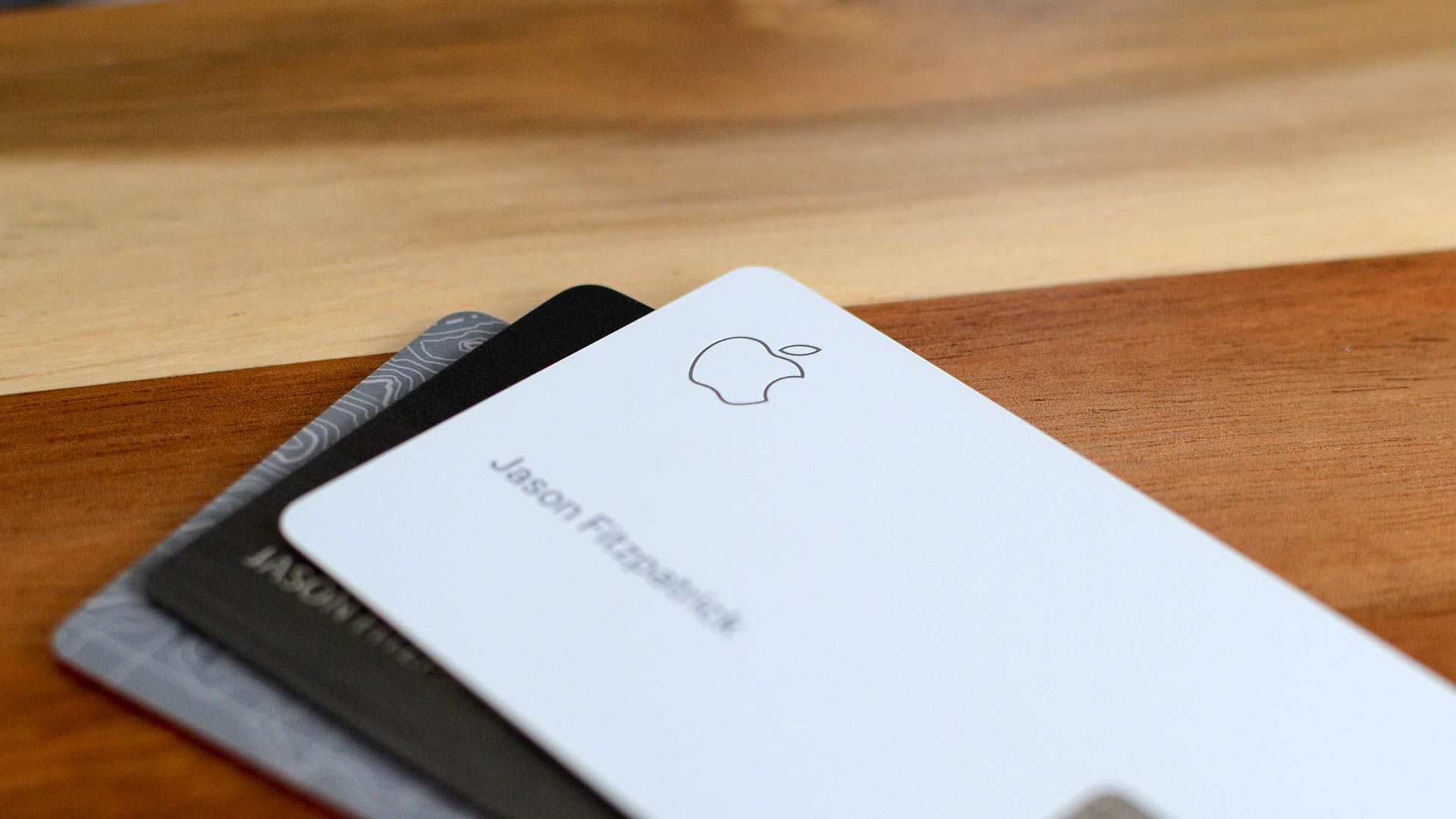
The latest Power On newsletter from Bloomberg’s Mark Gurman recaps some of the expectations for next month’s big iPhone 15 and Apple Watch Series 9 reveal event. While mostly centered on the iPhone, this one line about the Apple Watch caught our eye:
All of this year’s models will get a fairly sizable performance bump thanks to the new S9 processor. This marks the first time since the S6 chip launched in 2020—with the Series 6 watch—that the lineup gets significant speed improvements.
Mark Gurman
He’s right, of course: The last three Apple Watches have had essentially the same processor. Let’s break down what we know about them and what improvements we might expect in the S9.
S6, S7, and S8 are 2019 technology
With the Apple Watch Series 6, Apple introduced a new S6 SiP (system-in-package) that it described this way: “Using a new dual-core processor based on A13 Bionic in iPhone 11, the upgraded S6 SiP runs up to 20 percent faster, allowing apps to also launch 20 percent faster while maintaining the same all-day 18-hour battery life.” In other words, it’s made using the efficiency core design and GPU cores of 2019’s iPhone. At the time, it was a fairly minor update on the S5, which had itself built incrementally on the massive improvement gains introduced with the S4.
Unfortunately, not much changed the following year either, or the year after that. The S7 and S8 have been essentially the same processor, with the same cores, clock speed, caches, and build using the same 7nm manufacturing process. Naturally, an Apple Watch is more than just its processor, and Apple has made improvements to the sensors and display over the years. But the processor itself is basically still 2019 technology.
The next step with the S9
The S9, if rumors are to be believed, will leap the Apple Watch technology forward several years. Most expect it to be based on the efficiency cores in the A15, and probably that chip’s GPU as well. The A15 used the same LPDDR4x memory as the A13, so we may not see any change there, and the amount of RAM may or may not increase—it has been 1GB since the Series 4.
The two-year jump from an A13-derived architecture to an A15-derived one will likely come with a change in the manufacturing process. The A15 is made with TSMC’s second-generation 5nm process, called N5P.
If we extrapolate from what we know of the efficiency cores in the A13 and A15, and the 7nm and 5nm manufacturing processes likely used, we can guess that the S9 chip will offer something like 40-50 percent better performance with 30 percent less power use. Of course, all of this is highly variable, and performance and battery life are dependent on lots of factors like heat dissipation, Apple’s choices around voltages and desired battery drain, and non-processor elements like all the sensors, wireless radios, and display.
In other words, don’t be surprised September’s event comes around and we hear that the Apple Watch Series 9 is “up to 50 percent faster” but Apple still claims 18 hours of battery life, just as with every Apple Watch ever.






